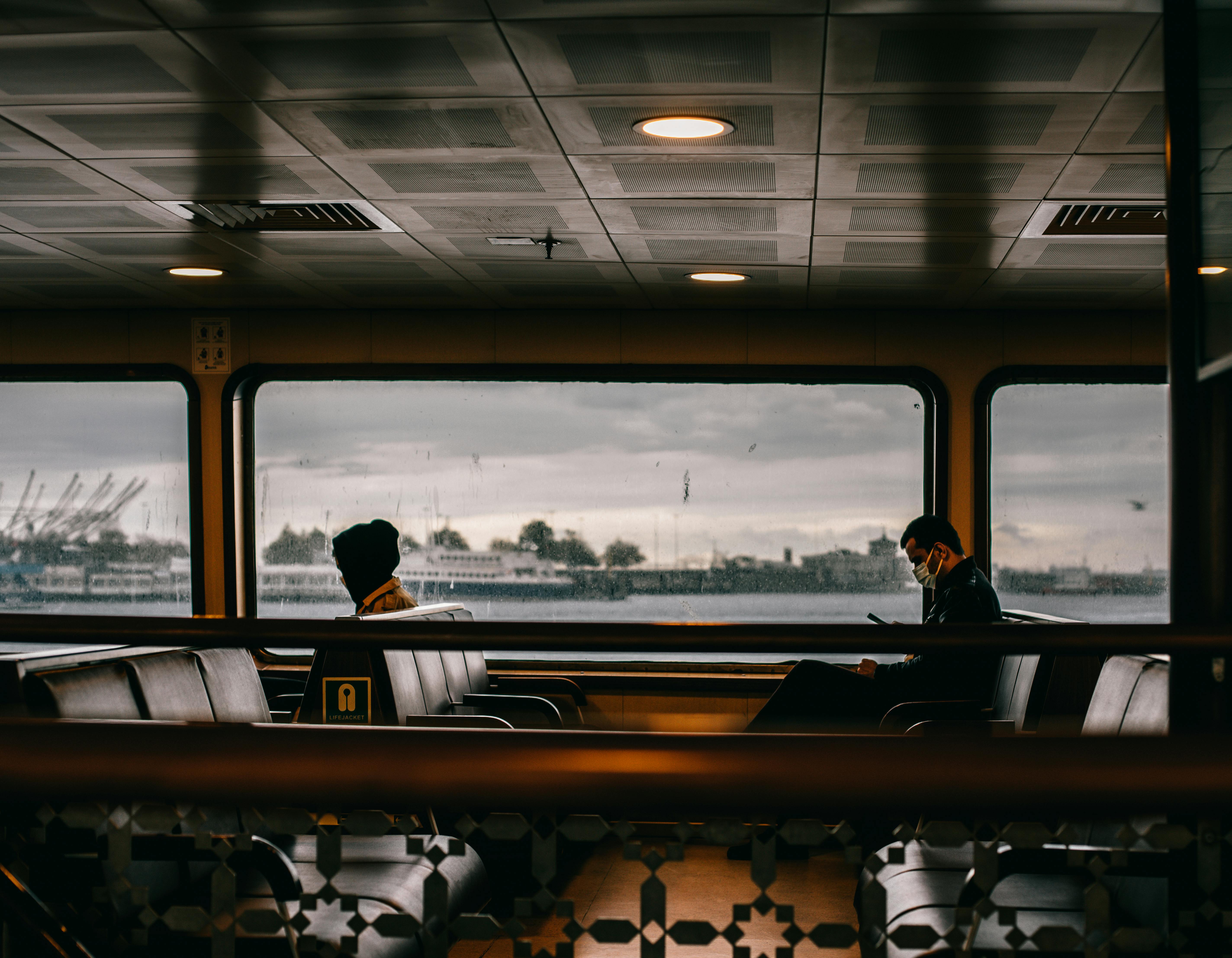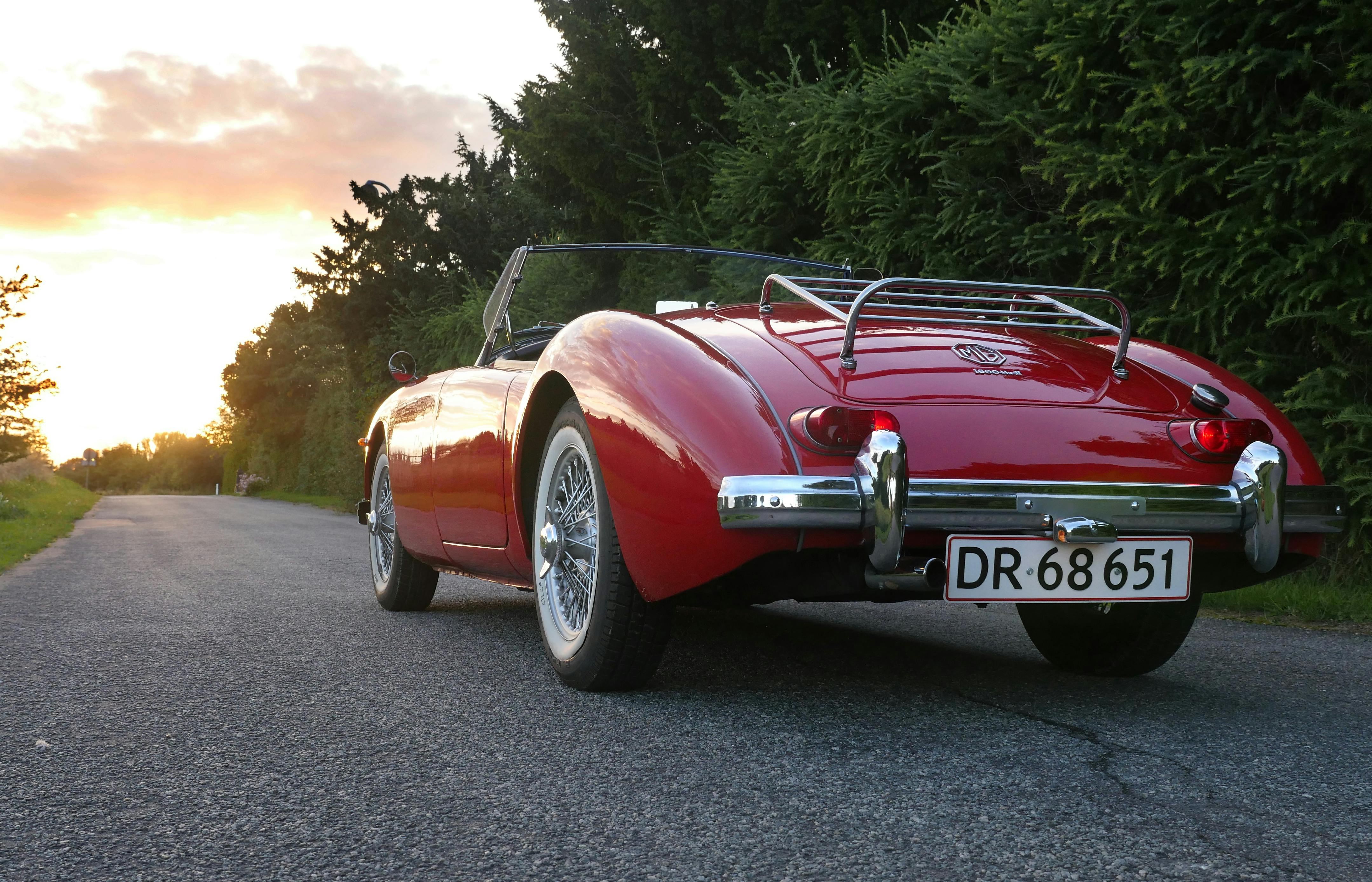As you learn to sail, you probably understand that there is more to the sails than just the wind.
What we are going to cover here is an absolutely essential piece of sailing knowledge that you must have embedded in your brain before you get behind the helm of a sailboat.
Who gives way in potential collision situations?
We start with a vital and basic nomenclature. Around the world, what is commonly and linguistically known as a “right of way” on land does not exist on water. Instead, the term “Stand-On” replaces “Right of Way.” On land, we have very strict lanes to stay in and very strict intersection rules that make it easy to determine who has the right at any point. Now imagine 100,000 cars, all going in different directions at 100 km/h on the New Mexico salt flats.
Well… let’s just say it wouldn’t happen for long. It would be chaos! So, in the water, things are a bit different. Fortunately, most of the time, the speed is less and the prudent and conscientious captain has time to make the right decision according to the world-recognized rules for water traffic, which is quite amusing, it is actually called traffic rules .
So the technical difference between Stand-On and Right of Way is that the boat that is NOT in the Yield position must act predictably in the eyes of the Yield boat. That is, the Stand-On vessel is first required to maintain heading and speed (Stand-On) before the Yield vessel can plot a safe crossing course. If a collision becomes imminent, the standing craft is REQUIRED to take all possible measures to avoid a collision. Therefore, it is at this point that the Stand-On vessel technically has no “rights” over the Yield vessel and thus the removal of the term “Right of Way” in the water.
So, to sum this up: in any situation, you will either be the Stand-On recipient or the Yield recipient. If you are the vessel to yield, you must take visibly obvious and early action to let the standing vessel know that by continuing on the current course and speed, there will be no chance of a collision. If you are the standing craft, you must initially maintain course and speed, but it is still your ultimate responsibility to avoid collision.
For the beginning student just learning to navigate, this new terminology has been puzzling as to why the language would change for a seemingly identical situation. But the technical difference is valid and must be taken into account. Now, let’s learn who is the Stand-On vessel and who is the Give-Way vessel.
Navigation
When sailing, it is vital that the helmsman is alert and aware of possible events. Wind, current and vessel characteristics interact to determine the amount of time and distance it will take for a sailboat to make a move. The more time you have to make changes, the easier and generally safer the result. You should also consider what the other vessel has in mind.
Give way rules are determined by convention. With sailboats that sail solely under the force of the wind, the convention is according to the wind. For this reason, sailors must understand the interaction between the boat and the wind at all times.
- The “starboard turn” is when the wind comes over the starboard side of the boat. consequently, the boom will be on the port side of the ship because the wind is blowing it to that side. The ship is said to be “to starboard”.
- The “port tack” is when the wind comes over the port side of the boat. Consequently, the boom will be on the starboard side of the ship. The ship is said to be “in port”.
When you or another boat is heading downwind, it is sometimes difficult to determine which tack another boat is on because the wind is coming directly behind and not from one side of the boat or the other. So the tack is determined by which side the boom is on. If your boom is on the port side of the boat, then the boat is “starboard tack”.
There is no such thing as a motor boat on any course. For motor boats, the direction of the wind is irrelevant.
The basic rules of the sailboat are:
- You must act to avoid a collision even if the boat is standing up.
- A sailboat on port tack must give way to a sailboat on starboard tack.
- If both sailboats are on the same tack, the leeward (further downwind) sailboat is the standing sailboat.
- If a sailboat is overtaking a motorboat, the sailboat must yield.
- When a sailboat is using its engine, it is automatically classified as a power-driven boat and loses all rights as a sailboat.
- When two boats are under power and face each other, both boats turn to starboard and pass from port to port.
- When a sailboat is using its motor, it must yield to other motorized boats approaching on its starboard side.
- You can deviate from any rule to avoid immediate danger.
There are some more advanced rules that many boaters are often misinformed about. So take note here, not from your friends. The hierarchical order is logically defined from the capacity of a ship to get out of the way of another. And since sailboats are pretty maneuverable, they’re actually pretty low down the pecking order of who’s the Stand-On boat.
More advanced rules:
Sailboats must Give Way to:
- Vessels without control: They are those that in some way may be rendered useless by extraordinary circumstances such as mechanical means or due to inactivity of the crew. This is certainly a very unusual case and not very likely to happen, but the rules place this case at the top of the order for Stand-On ships. That is, it means that if a ship moves or drifts and cannot control itself, it must give way. Durh!
- Restricted Maneuverability – Usually refers to large commercial vessels on shipping lanes, barges, or vessels engaged in towing, drilling, or dredging. Well, again, of course this makes sense.
- Draft Restricted: This refers to vessels that are in canals, rivers, etc. and making them maneuver out of their way would possibly cause them to run aground. Durh of course!
- Fishing vessels: Refers to commercial fishing vessels engaged in fishing. That is, trawl, net, dredge, etc. This rule does not apply to recreational fishing. Boats dedicated to recreational fishing are considered motor boats.
- Now come the ships that must give way to sailboats:
- Motor Boats: These are motor boats that do not fall into any of the above categories.
- Seaplanes: Weird, but they have to get somewhere and they’re at the bottom. Now, of course, an aircraft that is making an emergency landing on the water is classified as an uncommanded craft. Better get out of his way!
These rules are hard and fast. All sailors adhere to them (even in all other parts of the world). Now is the time to burn these rules into the ROM of your head and never forget them. Whenever you are sailing, always look at other ships and test who would be the ship standing if the ship was on a collision course. In this way, your mind will automatically begin to know when to Give Way in a sudden situation.
Now here are some general security considerations.
The rules are written to give a clear idea of who the Stand-On craft is, and the rules assume that you know and can see other boats and that they know and can see you, all in time to avoid a collision. In many cases, this is not the case.
In the open sea, for example, there have been countless cases where a container ship collided with and sank a sailing ship even though the container ship technically needed to give way. In most of these cases, the ship was not even aware of the collision. A large ship sailing at 20 knots over the horizon can be on you in 6 minutes. If you’re sailing at 3 knots on wind power, there’s often no way to determine your exact course and get out of the way. I don’t mean to scare you, but you can be dead meat in a few minutes.
Solo circumnavigators carry an egg timer with them and wake up every 10 minutes to check traffic. Some mariners install a simple radar detector that picks up the radar signal from scanning ships. This may give a more advanced warning. There are also high-tech devices that use radar, digital VHF signals, AIS and GPS-based systems to track ships and other traffic and to plot potential collision courses. If one is detected, an alarm sounds.
If it were me, and I saw or knew that a container ship was approaching on the open sea, I would start the engines and get out of the way. Technically under the rules, this is a correct action. If a ship cannot turn fast enough to avoid collision (crush you), it is your responsibility to avoid collision even if you are the standing ship. In short, learn to sail but first learn the rules of the nautical route.




